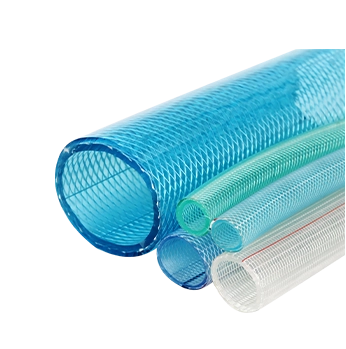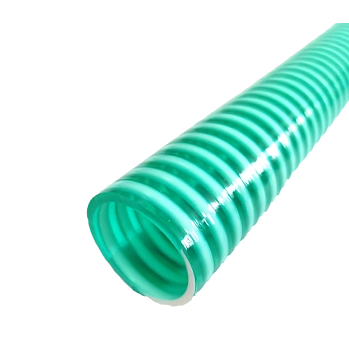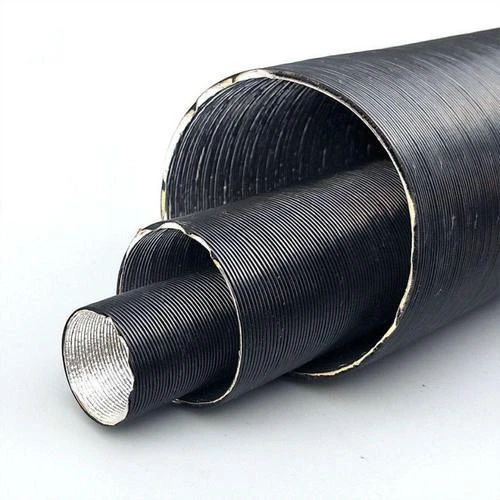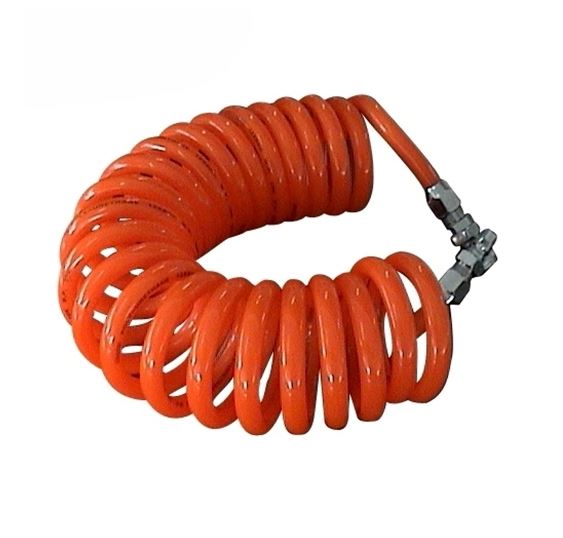layflat hoses
The Versatile World of Layflat Hoses
In various industries, effective fluid transportation is crucial for operational efficiency. Among the tools designed for this purpose, layflat hoses have emerged as a versatile solution that caters to a wide range of applications, from agricultural irrigation to firefighting. Layflat hoses are flexible, lightweight, and easy to handle, making them an essential component in many fields.
What are Layflat Hoses?
Layflat hoses are specifically designed to transport fluids efficiently. Unlike rigid piping systems, these hoses can be laid flat when not in use, allowing for more efficient storage and transportation. Typically made from high-quality synthetic materials, layflat hoses can withstand pressure while remaining flexible, which is ideal for various fluid transfer tasks. Their design often features a smooth interior wall that minimizes the risk of clogging and maximizes flow efficiency.
Key Features
1. Lightweight and Portable Layflat hoses are significantly lighter than traditional hard-piping solutions. This characteristic makes them easy to transport, deploy, and store, which is essential for industries that require frequent relocation or temporary setups.
2. Versatility These hoses come in various sizes and lengths, accommodating different fluid flow requirements and environmental conditions. They can be used for irrigation in agriculture, water discharge in construction sites, fire suppression in emergency situations, and even for handling wastewater.
3. Durability Made from robust materials such as PVC and polyurethane, layflat hoses are designed to resist abrasion, UV exposure, and chemical corrosion. This durability extends their operational life, reducing the frequency of replacements and repairs.
4. Ease of Use Layflat hoses can be quickly connected to pumps or various fittings, allowing for immediate fluid transfer. Their ability to be rolled out and laid flat simplifies setup and teardown at the job site.
layflat hoses

Applications of Layflat Hoses
1. Agriculture In agricultural settings, layflat hoses are vital for irrigation systems. They can transport water from a primary source to fields, ensuring crops receive the necessary hydration. Their flexibility allows farmers to create customized irrigation setups based on field dimensions.
2. Construction Construction sites often require the movement of large volumes of water for dust control, dewatering, or washing equipment. Layflat hoses provide effective solutions in these scenarios, capable of moving water quickly and efficiently.
3. Firefighting In emergency situations, firefighters need reliable equipment to transport water to extinguish flames. Layflat hoses are ideal for this purpose due to their lightweight nature and ability to cover different terrains. They can easily be wound out to reach areas where fire hydrants may be several hundred feet away.
4. Wastewater Management In industrial applications, layflat hoses are frequently used for transferring wastewater, sludges, and other fluids. The ability to lay flat minimizes exposure and potential hazards while ensuring safe transport to treatment facilities.
5. Draining and Flood Control During flooding or heavy rain, layflat hoses can be deployed to remove excess water from affected areas. Their ease of use ensures that communities can respond rapidly to mitigate flooding effects.
Conclusion
The importance of layflat hoses in various industries cannot be overstated. Their lightweight, versatile, and durable characteristics make them an invaluable tool in managing fluid transport effectively. Whether used in agriculture, construction, firefighting, or wastewater management, layflat hoses offer a practical solution to meet diverse fluid transfer needs.
As industries continue to evolve and adapt to new challenges, layflat hoses will likely play an integral role in enhancing operational efficiency and safety. As technology progresses and new materials are developed, we can expect further innovations in layflat hose design, making them even more efficient and user-friendly. Understanding their capabilities and applications is vital for professionals looking to optimize their fluid transport methods and improve overall operational effectiveness.
-
Unveiling the Landscape of PVC Air Hoses and Comparative AnalysisNewsJun.24,2025
-
Unraveling the World of Specialized Braided Hoses and Their AlternativesNewsJun.24,2025
-
The Essential Role of PVC Hoses in Air - Related SystemsNewsJun.24,2025
-
Precision - Engineered Tubing and Braiding SolutionsNewsJun.24,2025
-
Pneumatic Tubing and Braided Hoses: Powering Industrial OperationsNewsJun.24,2025
-
Comparative Analysis and Insights into Air Hoses: PVC vs Rubber and BeyondNewsJun.24,2025














